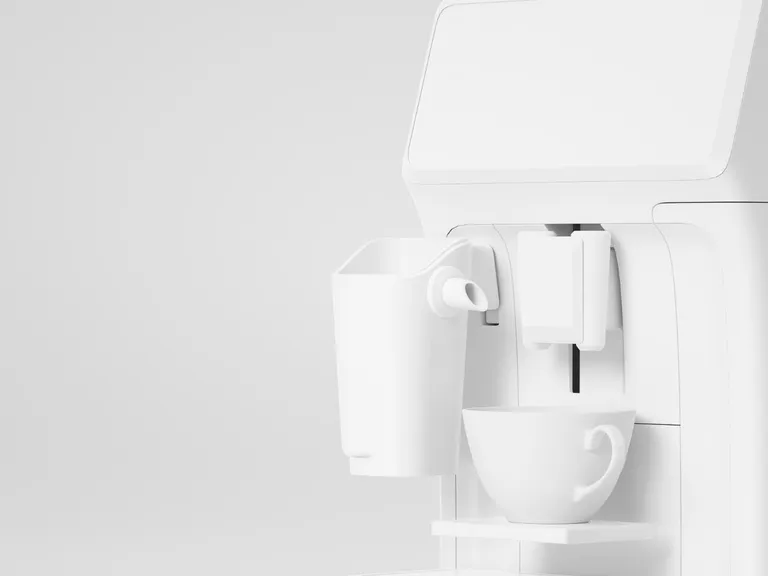Internet of Things (IoT)
How Coffee Machines Became Smart Conversation Partners
Switching to Azure marked the next big step in digitizing our customer’s coffee machine fleet. With a redesigned IoT interface, modern microservices, and a web-based fleet management system, end users gained direct access to their machines, while business clients benefited from operational data, new sales options, and process integration. The solution not only ensures technological scalability but also opens doors to new digital business models – from personalized control panels to remote operation and subscription services.

Key data at a glance
Tasks
Roles
Products
Challenge
Coffee machines are more than just devices – they’re connected systems with numerous components. In an earlier phase, we had already brought them online via IoT, enabling data collection and reaching Maturity Level 3. But to scale further, keep up with dynamic global markets, and give customers direct access to their fleets, a new foundation was needed.
The solution: migrating to Azure.
The goal was to fully reach Maturity Level 4 and aim for Level 5. This wasn’t just about infrastructure – it was about identifying maintenance needs more intelligently, providing aggregated insights, and streamlining operations with data-driven optimization. At the same time, new usage and licensing models were to be explored to tap the full potential of digitalization.

Success
Without having to build or maintain its own infrastructure, the customer gained global reach and flexibility with Azure – scalable and future-proof. With our guidance and technical implementation, the existing IoT integration from the pilot phase was rebuilt to meet new requirements. ibw played a key role in making this happen.
But the benefits went far beyond the technical foundation:
End users enjoyed a better experience through personalized control panels and new digital services such as mobile payments and ordering coffee via app. ibw provided valuable support in implementing these features.
Business clients gained detailed insight into their machine fleets, optimized sales functions directly on the machines, and seamless integration into their existing processes. For the manufacturer, it opened the door to offering new digital services – optionally as paid add-ons.
Approach
The first major milestone: switching to Azure in close collaboration with the product owner and system architect. The redesign of the IoT interface kicked things off – using an agile and scalable approach from the outset.
With microservices and a powerful database architecture, raw data was transformed into valuable insights. More than 20 microservices now handle incoming data streams and ensure smooth downstream processing. This laid the foundation for a web-based fleet management solution on Azure, aggregating IoT data and making entire machine fleets transparent for customers.
Another step: machines could now be managed remotely and updated with new recipes and settings. With a digital twin approach, it became possible to control coffee machines directly from the cloud.
Over two years, the customer’s internal development team became increasingly embedded in the agile process – gradually taking over more features in-house. Today, the customer is technically self-sufficient in the cloud, while ibw continues to provide guidance and development support to keep the system evolving.
Tech Stack
Methods & Paradigms
SCRUM / Agil
DevOps
Architecture
UML
Design Patterns
ooT, ooA, ooD, ooP
Server Technology
Kestrel
Database Technologies
MS-SQL Server
OR Mapper
Languages & Frameworks
C#.NET
Communication Technologies
XML
JSON
Web Development Technologies
HTML
Java Script
Vue.js
Communication / Protocols
TCP/IP
HTTP(S)
Embedded Programming Language
C++
Embedded Operating System
Embedded Linux